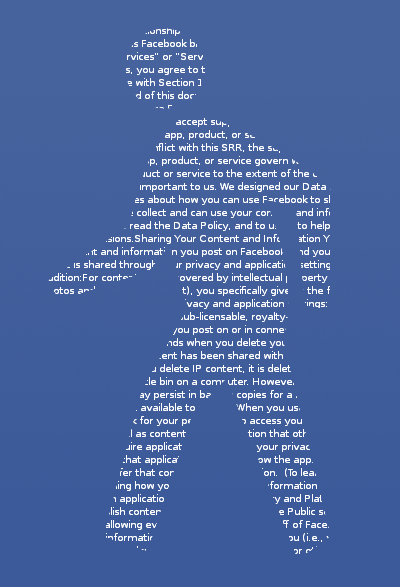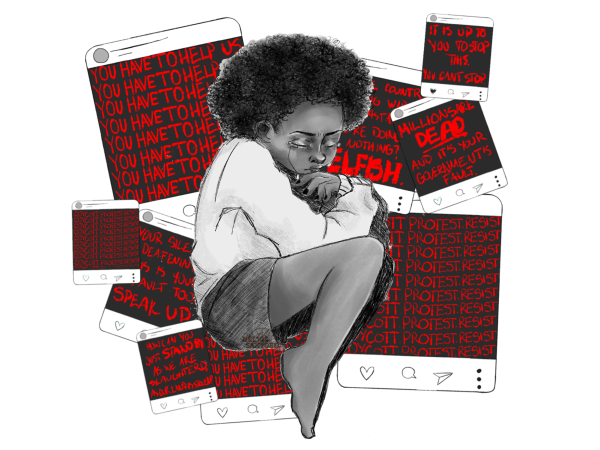Crossing the Street
October 29, 2017
Binge walkers, unlike most other compulsive types, have the rare quality of being able to think about the object of their compulsion without experiencing anything like self-doubt. That is, in a society where urges and vices usually go hand-in-hand, walking stands nearly alone as an activity that is both desirable in itself and pretty much universally regarded as virtuous. In fact, there is a direct relationship between a compulsive walker’s virtuousness and his dependency on walking for personal well-being. It’s the inverse of the drug addict dynamic: the more the user needs to be satisfied, the more virtuous he is deemed to be. And the binge walker knows this, so he goes along his merry way contemplating the virtues of his addiction, never once stopping to question whether just being addicted to something is a problem.
As many local binge walkers know, most of the crosswalks in Walla Walla are fitted with buttons that light up and make noises when pressed. Whether they actually influence the traffic lights is an open question, although in my very narrow anecdotal experience, I will say that I have noticed a slight decrease in wait times when I choose to exercise my button-mashing prerogative. Visually, these buttons are round and embossed with silver arrows pointing towards their corresponding crosswalks. They jut out below an overlarge street sign containing the words “PUSH BUTTON FOR” followed by a blocky depiction of an overweight man posed like the Sasquatch in frame 352 of the Patterson-Gimlin film. Nestled between the sign and the button is a small red LED that lights up for either 1) no reason at all or 2) to signify that the button has been pressed. Pretty much whenever this LED is on there is a clicking sound—think the impact sound from Pong—that repeats as if to remind the prospective street-crosser that the whole thing is set on a timer. When the image across the way switches from an orange hand to a white stickperson the interval between each click is cut in half and a male voice repeats in crescendo “walk!”
The subconscious influence of all this is immense. The repeated clicking, for example, calls to mind the Hitchcockian bomb-under-the-table trope, the implication being something like “walk or your dead.” But deeper than this—and believe me, you can go deeper—lies a question that manifests itself in the thoughts of people as disparate as Jaron Lanier, Augustine, Christopher McCandless and Jesus. A question about reconciling the distinctly human urge to transgress with the obvious necessity of compliance. I mean, if I know that my chances of living a long life go up when I abide by the traffic laws, why do the civil infrastructure gods have to manipulate me into making life-sustaining decisions? Why do I always feel this strange urge to cross when I know that I shouldn’t?

Stepping back for a moment, I think it’s safe to say we’ve all transgressed against the orange hand at least once. Sometimes we jaywalk when there’s hardly anyone around and it seems totally unreasonable to just stand there. Other times, we jaywalk in the midst of large crowds and droning engines, where the act feels nonconformist and borderline heroic. Usually, of course, we jaywalk without even consciously thinking about it. Probably most of the conflict between jaywalking and following the law takes place at the level of the subconscious, where—if the designers are successful—dying due to a time bomb and missing the walk signal meld into each other, but also where jaywalking feels anti-authoritarian, like an affirmation of our individuality.
Perhaps in order to better understand all this—and to avert any eye rolling—we should put ourselves in the shoes of a potential jaywalker. So, imagine you’re standing at the intersection of Main and 1st playing a mental game of Pong and staring at the person across the street. Not a single car has passed since you arrived and, glancing to the right and left, you find that the road is pretty much empty. But you are not moving. You know that if you do take the leap and step out onto the street the person across the way will follow suit, and that fact gives you a kind of power that you enjoy having. But, at the same time, there’s this underlying sense that you are conforming to a broader social order—hereby dubbed BSO—by not moving, and so you’re temporarily conflicted. Now, depending on the sort of person you are, you will either abide by the rules of the road, feeling a sense of moral righteousness if the person across the way finally does decide to jaywalk, or you will cross, imagining yourself as a nonconformist leading some sort of crusade against being a good pedestrian. If there’s a third way, I haven’t been able to find it. Just saying that you don’t consciously think about these things doesn’t preclude the role of the subconscious.
Anyway, to get at the connection between the jaywalker and the BSO, we will need to examine the work of the previously mentioned Jaron Lanier, a 55-year-old technologist who in 2011 published a book about Web 2.0 titled “You are Not a Gadget.” What the arcane writings of a middle-aged technologist have to do with crossing the street will become clear in a moment, but for now I will detail his general thesis. So, the idea is that with the rise of Web 2.0—the form of the Internet that relies on user-generated content, like Wikipedia and Facebook—the individual has been rendered obsolete and the collective has flourished in its place. He calls the new social order of the Internet, “Digital Maoism” and proposes that just like real-life Maoism retarded progress in the past, so the digital form does now. From here, and this is where crossing the street becomes relevant, he examines what he calls the “multiple choice personalities” that companies like Facebook present to their user base. The idea is that because the Internet works best when things are categorizable and hierarchical, the users—that is, full-blooded human beings—should be able to categorize themselves within the social web of the web.
The dynamic between street lights and pedestrians is no doubt a lot simpler than Facebook and its user base, and it’s certainly true that the pedestrian is given pretty much two options: jaywalk or follow the law. But the connection isn’t wholly tenuous when we recognize that we are not so much interested in the pedestrian’s choices as the attempts by the BSO to control the pedestrian’s behavior. That is, In thinking of the street lights as the equivalent of Facebook’s intentionally limiting user preferences and the pedestrian as the equivalent of the user, we can begin to get an inkling as to why the pedestrian feels the urge to transgress. In order to be a well functioning member of the BSO, the pedestrian needs to first willfully accept that the lights have some meaningful connection to his behavior—just like the Facebook user needs to accept that the categories presented to him have some meaningful relation to his personality—and then, he needs to follow through by acting in accordance with the lights. The desire to jaywalk is the result of the equivalent of Facebook attempting to categorize the interwingular—a term coined by another arcane technologist named Ted Nelson to describe the uncategorizability of human knowledge—nature of the human mind. That is, there is a sense in the back of the pedestrian’s head that the traffic lights are an attempt to neatly categorize and dominate his inner humanness, and so he lashes out by crossing the street in defiance of the orange hand.
If your eyes haven’t rolled up into the back of your head by now, congrats, we can move on to some even more tenuous relationships. Returning to the earlier discussion about binge walking, notice any parallels between binge walking and binge Facebooking? Well, being social is usually seen as something that is both “desirable in itself and pretty much universally regarded as virtuous,” to use my earlier wording. Furthermore, being dependent on socialization for psychological well-being is pretty much universally regarded as a virtuous trait in our culture. Finally, the compulsive walker, when he wanders out into the world of crosswalks, street corners and sidewalks, sacrifices a bit of his humanness to become a pedestrian, just like the binge Facebooker sacrifices a bit of his humanness to become a user.









